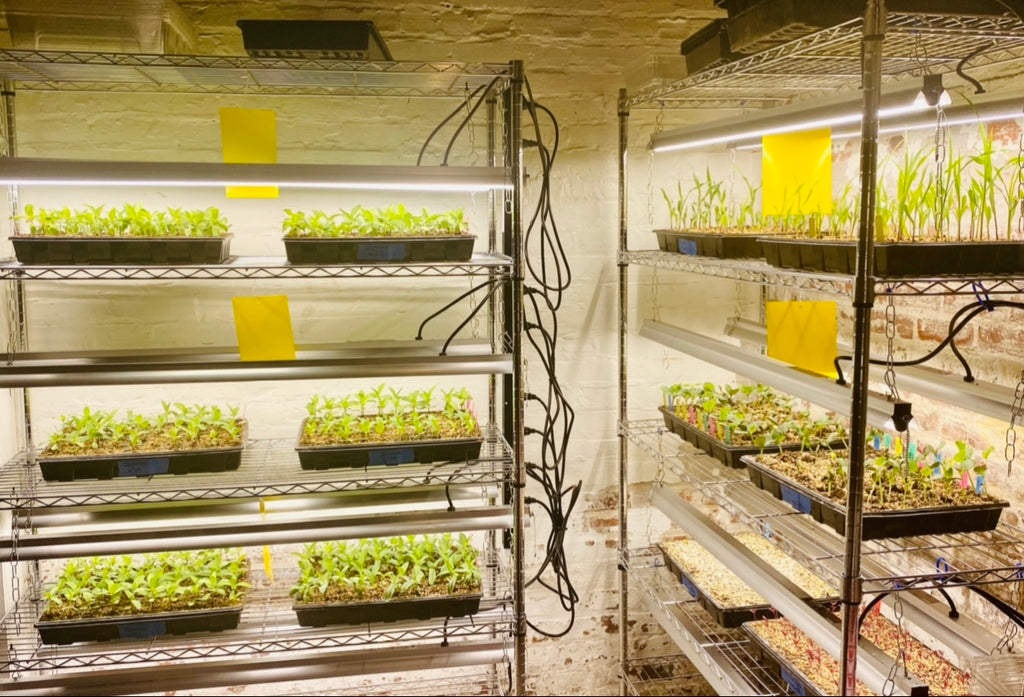Michael Jenkins | March 30
It’s spring for many of us, which means it is time to start planning the garden. In between preparing containers, building raised beds, and clearing away winter leaves, it can seem a busy and daunting prospect. With so much to do, starting your own seeds can seem like too much of a hassle. The reality is that starting seeds for your garden isn’t difficult and allows you more flexibility and control over what you grow. Whether you’re a new gardener or have a few seasons under your belt, it’s worth looking at starting seeds for your garden and some of the best methods for doing so.
Starting Your Seeds
As with so much else in life, when starting seeds for your spring garden it helps to begin with a solid foundation. Success in starting seeds is all about control the conditions they experience as they grow. This starts with timing—you’ll want to start your seeds at the right time for that plant to thrive. The packets your seeds come in should have that information printed on them, something like “start inside four to six weeks before last frost date”. Following those directions will help your seeds get off on the right foot.
The next step is ensuring that you’re using the right soil and the right containers. It’s best to start with fresh soil, rather than reusing last year’s used dirt which many carry disease that can hurt your seedlings. Older soil can be fine for established plants, but babies and seeds need a bit more care. Choose soil that’s made for starting seeds—your local garden center can help you find some—and then use appropriate containers. While you can start seeds in nearly any container, it’s really helpful to have seed starting trays designed with that purpose in mind. It makes controlling conditions, transporting, and transplanting your seedlings so much easier than a makeshift container does. Plant the seeds in a light,un-compacted, damp soil, and keep them that way for best results. Bear in mind that some seedlings don’t like having their roots disturbed and should be planted directly in the ground rather than in seed trays. These include peas, beans, and sunflowers, among others.

The next step is to put your seed trays in the right place so your seeds can thrive. In this case, that means make sure your little seeds are warm, well watered, and have enough light to grow. While a sunny window can take care of most of that, grow lights and seed warmers can help your seeds grow strong and quickly, getting your gardening season off to the right start. By keeping the soil warm and giving them enough light, you’ll encourage good grow and strong healthy plants.
What Kinds of Seeds to Start
So now that you know how to start your seeds, what sorts of seeds can you start? Well, while as some seeds don’t do well being transferred and should thus be started in the ground, most seedlings can be started in trays. These include peppers of all sorts, eggplants, tomatoes, squash, melons, carrots, lettuce, collards, kale, cabbage and many kinds of flowers. The seed packets should have instructions on them for how to start seedlings, and you can always check online and make sure.
Starting your own seeds is a wonderful step for any gardener. You’ll be able to grow a wider variety of plants and you’ll have more control of your garden. Plus, it’s just a good feeling to have taken that extra step for yourself and your plants! It’s not too late to start something for this season, so get started today!

Leave a comment